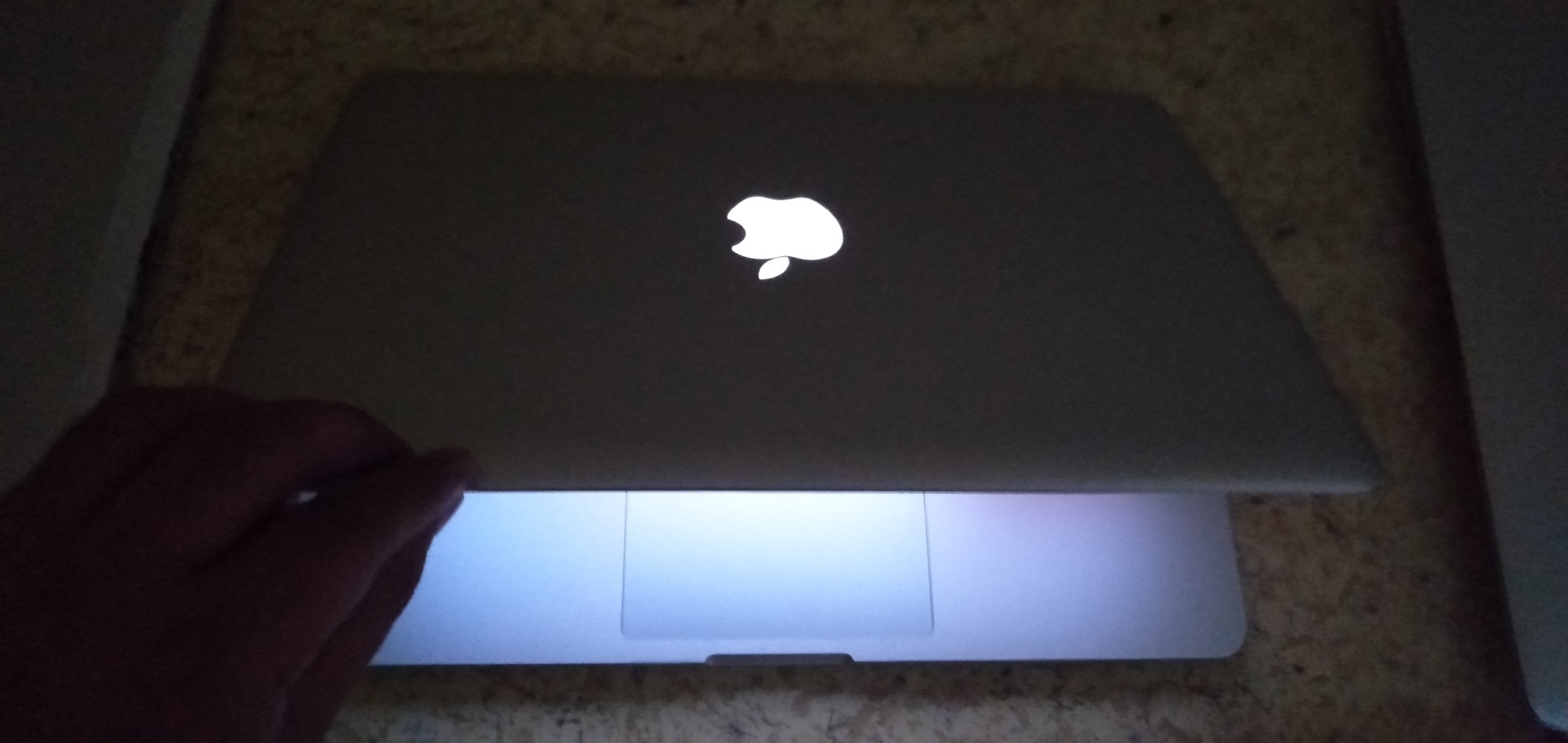
- #Apple 2011 macbook pro price update
- #Apple 2011 macbook pro price upgrade
- #Apple 2011 macbook pro price pro
- #Apple 2011 macbook pro price software
- #Apple 2011 macbook pro price mac
our web browsing tests) see a drop compared to our older Snow Leopard results. I ran our normal battery life suite, however Lion has made some of the numbers a little less comparable than I would've liked. And under a very light load you can easily exceed 7 hours. With moderate load expect 4 - 5 hours of use on a single charge. Worst case scenario you can expect around 2.5 hours of battery life under load. TDPs haven't changed, nor has the MacBook Pro's battery capacity, so overall battery life should (and does) remain relatively unchanged from the early 2011 models. The rest of the CPU lineup supports VT-d.
#Apple 2011 macbook pro price software
I'm not sure if any current virtualization software for OS X supports VT-d, but the absence of the feature is important to note nonetheless. The entry level 2.2GHz part does not support VT-d (Virtualization Technology for Directed I/O), which allows virtual machines to have direct access to I/O devices (including PCIe GPUs). Notebook-as-a-desktop users will appreciate the flexibility here.Īll of the new CPUs support AES-NI, although once again Apple is the victim of Intel's silly segmentation. That's an absolutely insane frequency for a notebook. There's also a new 2.5GHz quad-core option that can run at up to 3.6GHz with a single core active. Unlike the old 2.3GHz part, the 2760QM still only has a 6MB 元 cache. The upgraded 15-inch configuration comes with an all new Sandy Bridge SKU: the Core i7 2760QM running at 2.4GHz.
#Apple 2011 macbook pro price pro
1.1GHz).Īpple 15-inch Late 2011 MacBook Pro CPU Comparison Or if you prefer another way of looking at it, the 2675QM is the same as the 2670QM, except the GPU is able to clock 100MHz higher (1.2GHz vs. You still get an Intel HD 3000 GPU (12 EUs) but the max turbo moves from 1.3GHz down to 1.2GHz. If for whatever reason you're comparing to an early 2011 2.2GHz model, you'll see a slight regression in CPU bound performance. If you didn't have a 2.2GHz early 2011 15-inch MacBook Pro, these differences likely don't mean anything. The two, three and four core turbo limits are also down by 200MHz compared to what they were in early 2011. It was 3.3GHz on the 2720, but now it's 3.1GHz. What's the difference between the two? Not a whole lot. The original 2.2GHz option was a Core i7 2720QM.
#Apple 2011 macbook pro price upgrade
Be warned, this isn't the same 2.2GHz model that was available as an upgrade earlier this year though.Ī quick run of Cinebench points out that the 2.2GHz i7 in our system may be a Core i7 2675QM. The $1799 configuration goes from a 2.0GHz i7 to a 2.2GHz model. Just as before the 15-inch MacBook Pro is only available with a quad-core Intel Core i7 CPU (codename Sandy Bridge). System pricing hasn't changed, but CPU speeds have all gone up.

We'll start with the CPU, the lesser updated chip in the new MacBook Pro.
#Apple 2011 macbook pro price mac
As the Mac business is a relatively mature one, we can expect a slower pace of chassis and design upgrades compared to the iPhone/iPad businesses for example.

The focus of Apple's late 2011 update, despite rumors to the contrary, was on the silicon inside the platform. As this is still a fairly minor upgrade, be sure to read our original review of the platform for a deeper dive into all of the aspects of the system. We got our hands on the new base 15-inch MacBook Pro configuration, which received one of the more substantial upgrades over the previous model.
#Apple 2011 macbook pro price update
Late last month, Apple updated its 2011 MacBook Pro lineup - likely the first and last update before Apple adopts Ivy Bridge in Q2 next year. With the exception of lackluster Quick Sync adoption by Apple and obviously limited GPU options, I have very few major complaints. It's this very combination that I've been using, partially since the introduction of the Sandy Bridge MacBook Pro earlier this year (the Thunderbolt Display didn't arrive until later). Apple gets the mobile revolution in more ways than one, and its MacBook Pro/ Thunderbolt Display combo is the perfect example of that. Only using quad-core CPUs on the 15 and 17-inch models, and offering an optional Thunderbolt Display that can act as a modern day dock makes this platform, particularly the 15-inch model, the perfect candidate for users who want the power and flexibility of a desktop with the portability of a notebook.

The early 2011 MacBook Pro is honestly Apple's best effort to date.


 0 kommentar(er)
0 kommentar(er)
